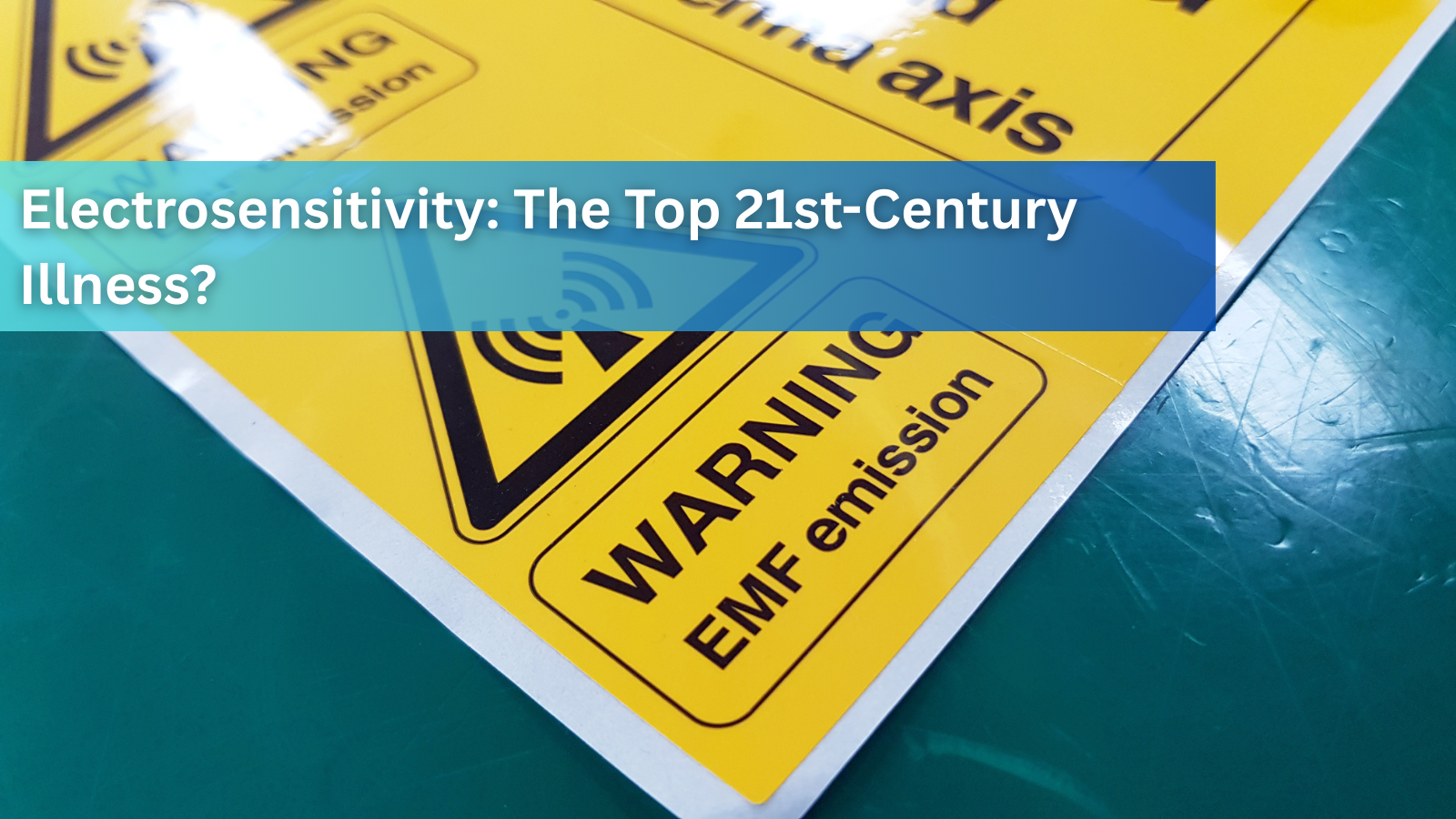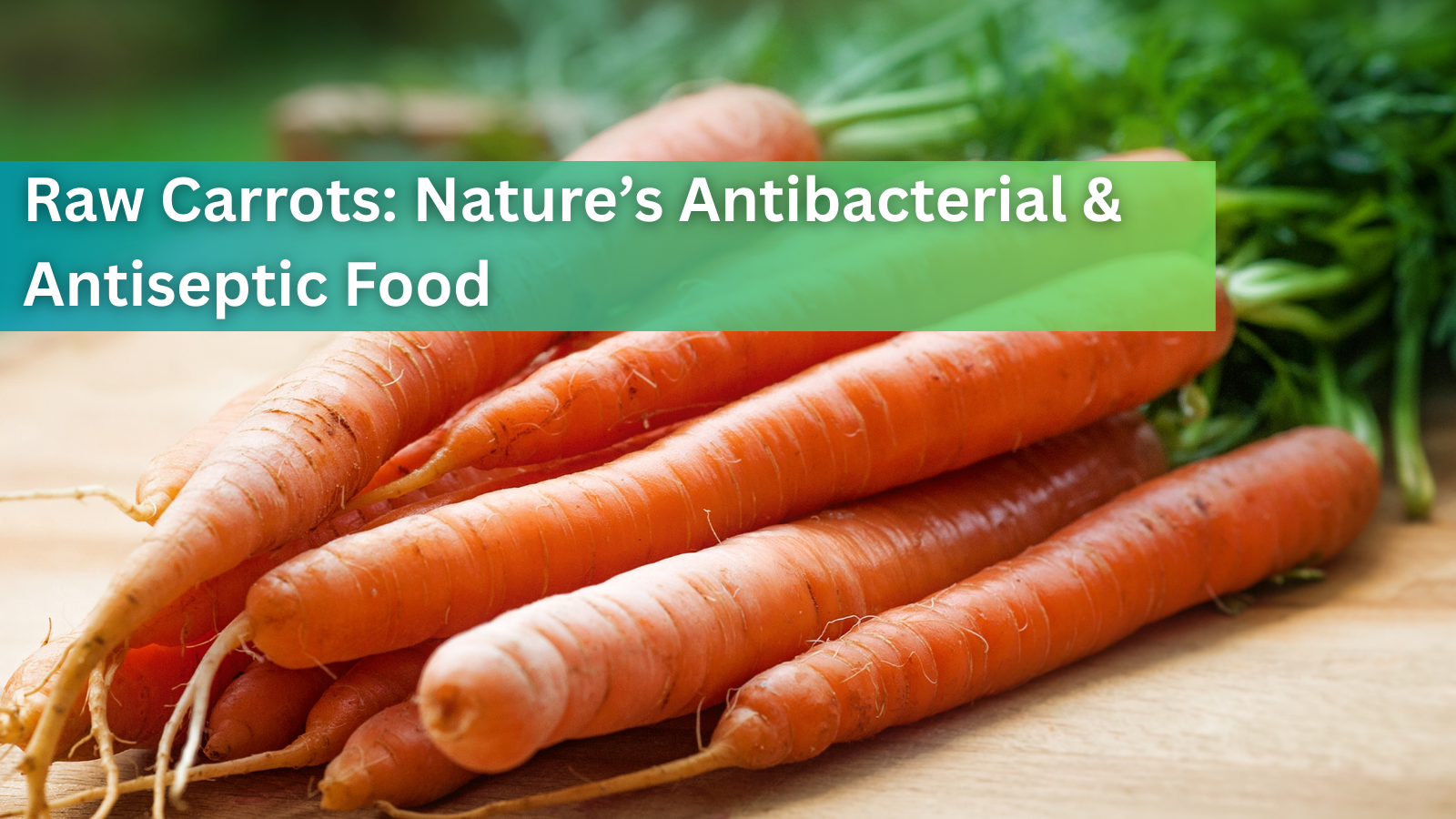New Research: Compostable Bioplastics As Toxic as Petroleum-Based Plastics

In the wake of rising plastic pollution levels in the ocean, and mounting public distrust of the many toxic chemicals it can expose humans to through contact with food, many alternatives have been invented, known as biodegradable, compostable, or eco-friendly plastics. However, many of these need to be combined with additives to enhance their structural and functional performance, but few studies have been done on what happens to these additive once broken down in the environment or organisms that ingest them. Some of these additives include plasticizers, stabilizers and solvents, as well as unintentional reaction products, many of which are not covalently bound to the polymers, and so easily migrate into food, air, soil, etc. (1).
Unfortunately, new research has shown that bioplastics degrade into compounds even more toxic than traditional forms of plastic, to soil, marine life, and humans.
One study on the decomposition of biodegradable plastics into nanoplastics in the soil, found that the so-called eco-friendly plastics produced a range of more toxic effects, such as disruption of biomass, nutrient cycling, and plant root growth.
Another oceanographic study found that biodegradable plastics were more toxic to marine life than conventional plastics. The study was published in 2024 in the journal Science of The Total Environment, and examined the breakdown products of the degradable polymers, like PHA, PHBv, and PLA, comparing them to the common conventional plastic, polypropylene (PP), in their effects on marine plankton species. The most toxic was the PHBv, on the order of about ten times. Upon chemical analysis, they found that the reason was likely the presence of trichlorophenol, which has an established toxicity in literature on marine environments.

A study by Zhao et al. (2023a) demonstrated that nanoplastic promoted fibrosis in intestinal tissue of earthworms, among other harmful effects. They found that the nanoplastic accumulated in the organisms over time, accompanied by high ROS production, and lowered antioxidant enzymes. The authors distinguished between positively-charged and negatively charged nanoplastics, finding that the negatively-charged nanoplastics were 87% less toxic to cells. They discovered that the fate of the nanoplastics was to aggregate in lysosomes, whose membranes were found to leak more nanoplastics into the cytoplasm, causing photooxidation and destabilization of membranes. Using scanning electron microscopy, the authors discovered that nanoplastics had dose-dependent effects on epithelial layers, such as severe lesions, loss of structural integrity, and epidermal atrophy.
Endocrine disruption
One study used human breast cancer cells to test biodegradable plastics for hormone disruption, focusing on plastic sanitary bags, disposable gloves, plastic straws, and biodegradable plastic plates made from PLA, PBAT, and compared to HDPE plastics. The results showed that the biodegradable plastics were able to influence sex hormone homeostasis, and anti-androgen activity similar to phthalates in conventional PVC plastic.
Best Options?
While finding safe plastic bags might not be possible, many other food storage options exist. Glass food containers are more airtight and keep food fresh longer. The plastic lids are another story and its best to leave a gap so food doesn't touch the plastic lid, and make sure not to heat food with the lid on. For utensils, there are now glass and metal straws. And now bamboo cutlery is widely available.
References
- Laranjeiro, F., Rotander, A., López-Ibáñez, S., Vilas, A., Seilitz, F. S., Clerandeau, C., ... & Beiras, R. (2024). Comparative assessment of the acute toxicity of commercial bio-based polymer leachates on marine plankton. Science of the Total Environment, 946, 174403.
- Zhou, Y., He, G., Jiang, H., Pan, K., & Liu, W. (2023). Nanoplastics induces oxidative stress and triggers lysosome-associated immune-defensive cell death in the earthworm Eisenia fetida. Environment International, 174, 107899.
- 김은혜. (2024). Endocrine disruption potentials of several biodegradable plastics of human use: Effects on sex hormones in H295R and MVLN cell lines (Doctoral dissertation, 서울대학교 대학원).

September 27, 2025
Immune Supplements: Top 10 Best Supplements to Boost Immunity
Are you looking for effective ways to enhance your body’s natural defense? Immune supplements have become popular choices to support the immune system booster function, especially in times of increased illness risk. With so many products...
Read more
September 27, 2025
Cell Phone and WiFi Safety: How to Prevent and Treat EMF Damage and Electrosensitivity
Electrohypersensitivity (EHS), often called electrosensitivity, has been a polarizing and increasingly relevant issue over the past decade and a half. Since the number of people identifying with these symptoms continues to grow exponent...
Read more
September 27, 2025
Raw Carrots: Nature’s Antibacterial & Antiseptic Food
For most of us, carrots are simply a crunchy snack or a source of vitamin A. But according to researcher Ray Peat, PhD, raw carrots offer something more unusual: they act as a kind of natural antiseptic inside the gut, helping to contro...
Read more




Leave a comment